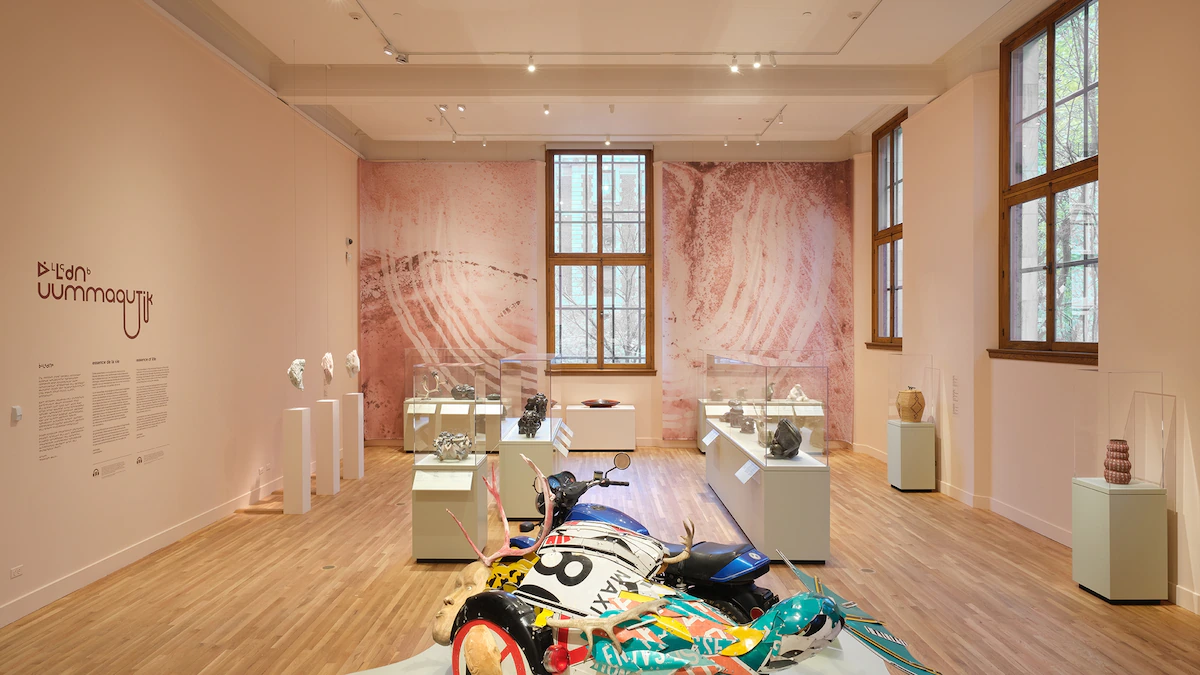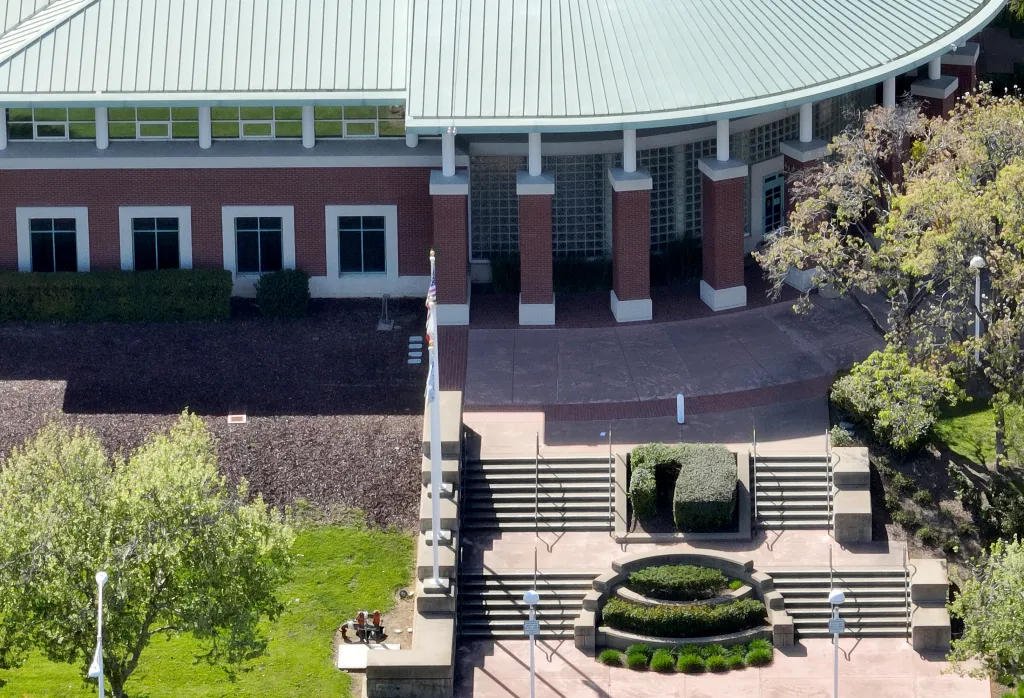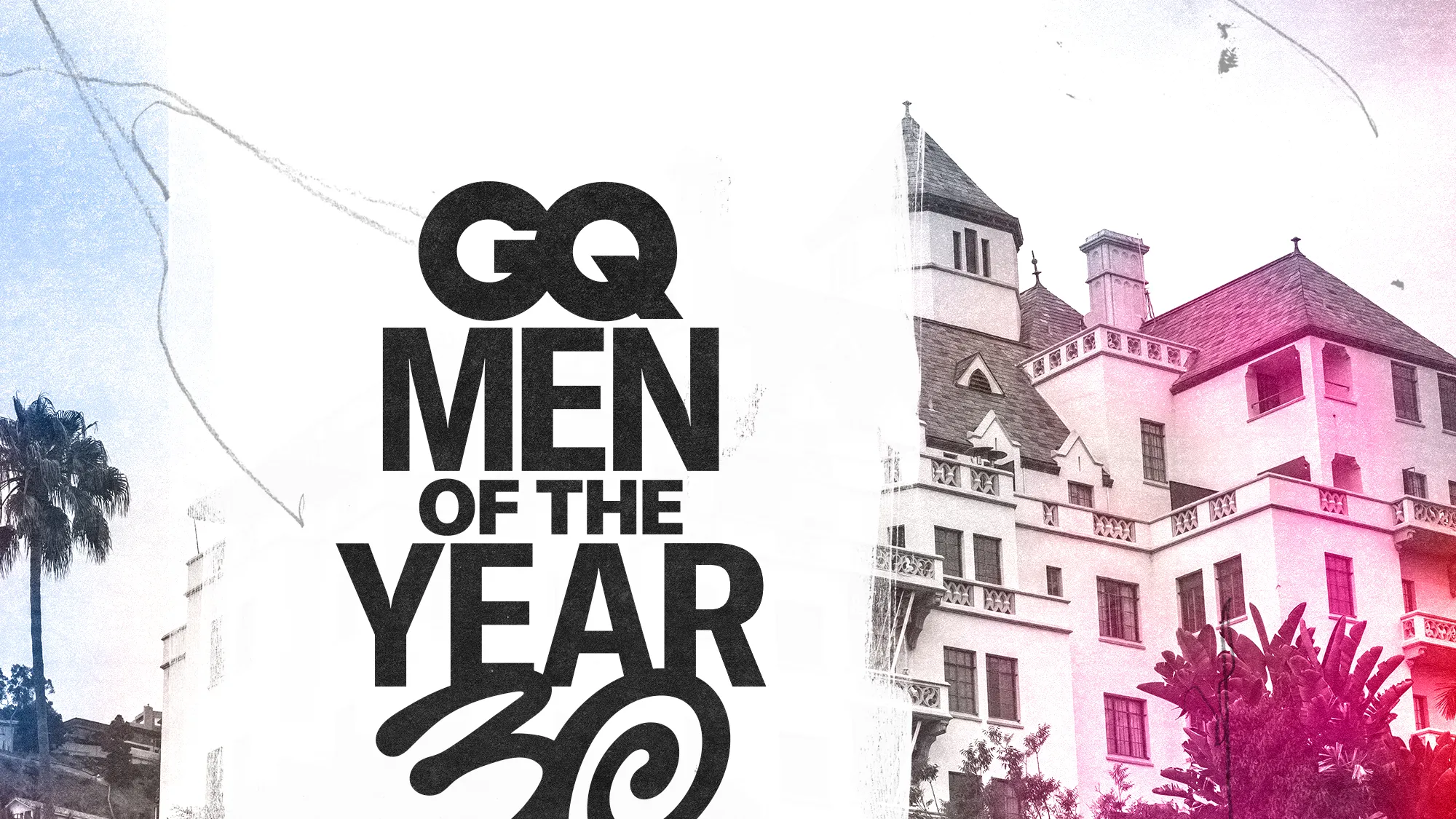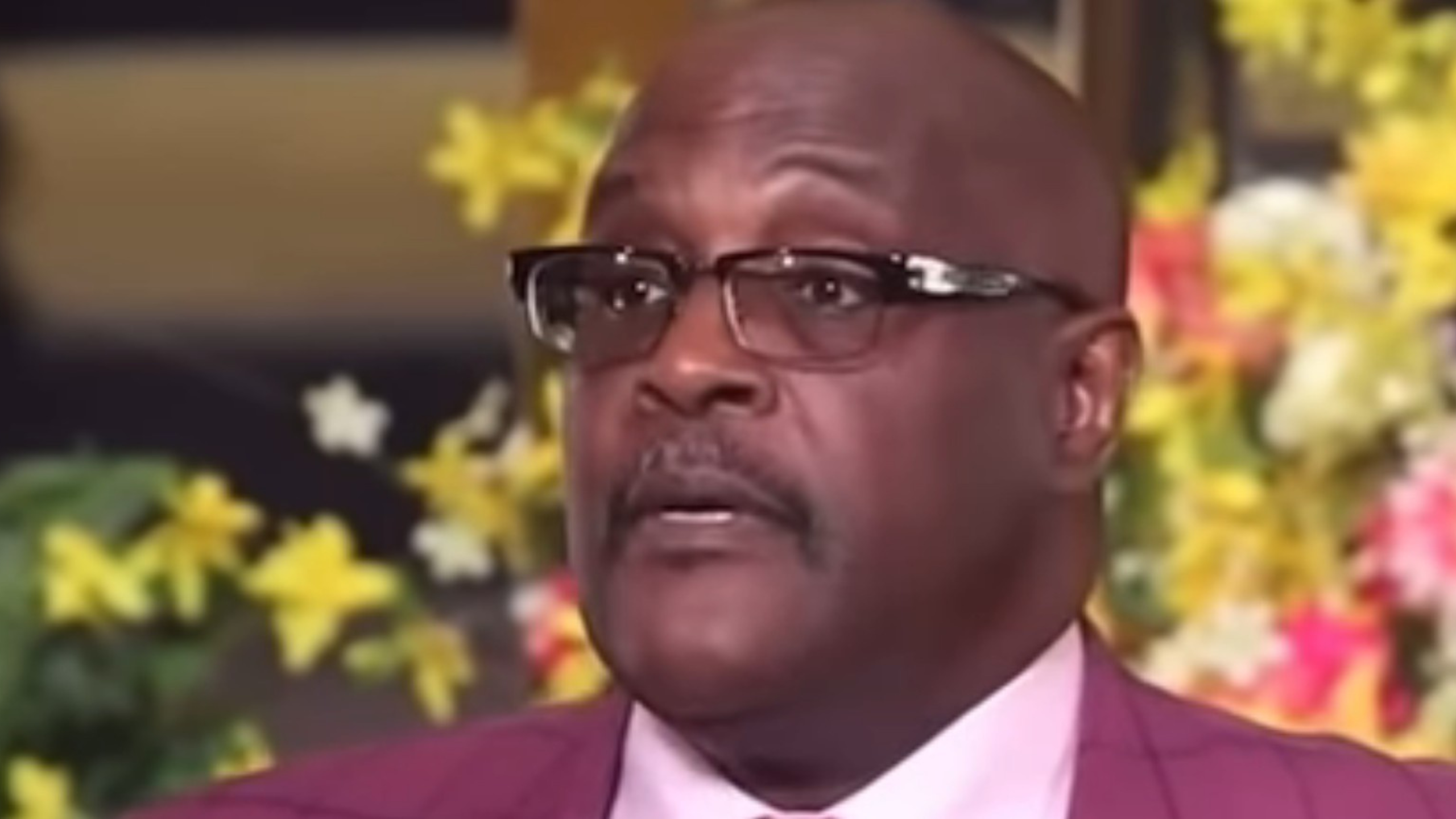Copyright National Geographic

With its French-speaking inhabitants and Old World architecture, Québec (so the well-worn observation goes) can feel like a slice of Europe in North America. But Canada’s biggest province (three times the size of France) is very much its own place. Beyond the flagship cities of Montréal and Québec City, Québec’s vast landscapes encompass boreal forest, Arctic tundra, glacier-carved fjords fringed by steep cliffs, and thousands of lakes. Its geography is so diverse that, rather than a country within a country, Québec feels like several countries in one. This may be French-speaking soil, but it’s also the land of 11 Indigenous Nations and and 55 communities, whose territories stretch from the international border to above the Arctic Circle, and everywhere in between. New developments are shining a spotlight on Indigenous culture in Québec more than ever. Nibiischii National Park, in the northern Eeyou Istchee Baie-James region, is the province’s newest (and second biggest) national park, and the first to be operated by a First Nation, the Cree Nation of Mistissini. Just outside of Montréal, the Mohawk community of Kahnawà:ke is gearing up to open its new Cultural Arts Center in 2026. In Cacouna, the Wolastoqiyik Wahsipekuk First Nation opened the Putep ’t-awt beluga-viewing observation in 2024 and is further enhancing its tourism offerings with a new restaurant and storytelling nights. What to do Montréal: Famed for its wide embrace of art, culture, and good food, Montréal embodies the Québecois spirit of joie de vivre. Art lovers have several new reasons to visit, including an outdoor sculpture trail and the kaleidoscopic mirrored sculpture, ORB, both of which enhance the city’s expanding public art scene. There’s also a new Inuit art gallery at the Montréal Museum of Fine Arts and thrill-seekers can now plunge 210 feet from above the St. Lawrence River thanks to the new Montréal Bungee, Canada’s highest bungee jump. Quebec City: With its cobblestone streets, towering ramparts, and looming cannons, Québec City is a North American capital like no other. Dive into 400 years of history in UNESCO-listed Old Québec and stroll the shopping street of Petit Champlain, where the city’s European flavor is at its most charming. Twenty minutes north of the city, Wendake invites visitors to learn about the Indigenous Wendat through a variety of activities that include Onhwa’ Lumina, an immersive multimedia night walk. Saguenay-Saint-Lawrence Marine Park: This marine park protects the ecosystems that support belugas and other marine mammals, including the blue, humpback, and minke whales who visit in the summer. Visitors to Tadoussac can spot whales from the shore at its Marine Mammal Interpretation Centre or on whale-watching boat trips departing from the harbor. Small-group Zodiac trips with the new whale-watching company Du Fleuve depart from the quieter Les Escoumins and are timed to avoid crowded observation sites. Nunavik: The homeland of the Inuit of Québec covers the northern third of the province, yet remains off most travelers’ radars. Launched in 2024, Ungava Polar Eco Tours is Nunavik’s first 100-percent Inuit owned-and-operated tour company and offers multi-day experiences in Ungava Bay’s Gyrfalcon Islands, home to polar bears, muskox, and whales. Elsewhere in the region, Nunavik Parks offers multi-day adventures in its four national parks that combine adventure, wildlife, and Inuit culture. But in Québec, life doesn’t pause just because it’s cold. Montréal keeps the party going through the long dark days of winter with Montréal en Lumiere festival, culminating with Nuit Blanche, an all-night arts celebration. Plus, winter’s chill provides a good excuse to warm up in a hot tub at one of Quebéc’s many outdoor spas, like Québec City’s Strøm and Sibéria. Where to eat Tanière³: The inaugural Michelin Guide Québec landed in spring 2025, and, out of the nine restaurants awarded stars, Québec City’s Tanière³ came out on top with two stars. Blind tasting menus are served in the cellar dining room and at the chef’s counter and are made up entirely of local ingredients that showcase Québec’s boreal terroir. Bar St-Denis: A softly glowing Art Deco-inspired ceiling and long leather banquette set an intimate scene at this modern bistro in Montréal’s La Petite-Patrie neighborhood. Guests can choose from a selection of artfully composed small plates, such as tabouleh-tossed razor clams and lamb tartare with white anchovies, or let the chef create a personalized set menu. Fairmount Bagel: Montréal’s signature bagels are simmered in honeyed water, which gives them a sweeter taste than their New York City cousins, and baked in a wood-fired oven, for a crisp crust and chewy inside. Bakeries sling bagels all over town, but they don’t get much better than those at Fairmount Bagel Bakery and St-Viateur Bagel, both in the Mile End neighborhood. Where to stay Montréal: Opened in an historic building near Notre-Dame Basilica this summer, SonoLux claims to be Québec’s first immersive art hotel. SonoLux hosts audiovisual experiences and exhibitions, starting with Seeds of R/Evolution, which includes digital artwork by Mohawk artist Skawennati. The hotel’s restaurant, LUMI pairs menus to current exhibits, while Subterra, an underground lounge, serves up cocktails, installations, and live performances. Québec City: Overlooking the St. Lawrence River and topped with fairytale-like turrets, grande dame hotel Fairmont Château Frontenac has been a city landmark for more than a century. Said to be the world’s most-photographed hotel, it’s an attraction in its own right and filled with old world charm, from opulent rooms to Michelin-recommended Champlain Restaurant. Wendake: Just outside Québec City, Wendake is home to the Huron-Wendat Nation, which operates the Hôtel-Musée Premières Nations. Decorated with Indigenous art, the hotel’s cultural experiences include an onsite museum; fireside storytelling inside a recreated longhouse; and Restaurant La Traite, which serves First Nations flavors. Getting around Most visitors fly into Montréal and find it easy to get around using the city’s efficient bus and metro system, which runs into the wee hours, and the in-development electric light rail train system REM. Buses and trains connect Montréal with Québec City, which is best explored on foot or by bus, but adventures farther afield are easier with a car. Once a traveler hits around 55°N (or 27 hours north of Québec City) there’s no more road to drive and so northern adventures beyond require air travel. Tour packages with Nunavik Parks or Ungava Polar Eco Tours are the most efficient way to explore Nunavik and include flights from Montréal.



